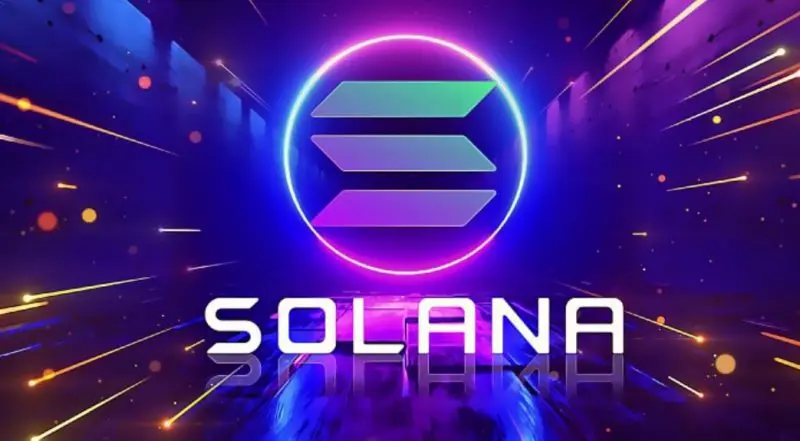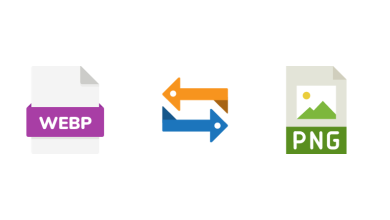Solana is a topic of discussion again in various crypto communities. This time, it’s not for its volatile price or controversial memecoins – it’s about its critical role in making Web3 a reality. According to many users, developers, and crypto experts, Solana is capable of powering the next phase of the internet without hiccups for the sole reason of scalability. But is that the only thing Web3 demands? Of course not.
Unlike Web2, the infrastructure for the future of the internet is quite complex and vast. However, many have reasons to believe Solana’s high-performance network can uniquely handle the burgeoning demands of Web3. Let’s find out why Solana is believed to be perfect for advancing Web3.
How Solana is Scaling Web3?

Solana node deployment distinguishes itself from other networks in the congested Blockchain space by focusing on speed, scalability, and security – three things needed for Web3 to scale. Scalability was a critical challenge that created a barrier of entry for many users and developers in Web2. Those that did enter the Web2 space lamented because of network congestion and high transaction costs, especially when demand is at its peak. Thankfully, these issues were mitigated.
However, Web3 is an even more demanding space, meaning that Blockchain networks that ease the needs of Web2 users may not be so efficient in Web3. Luckily, Solana’s scalable and functional architecture caters to users’ needs in Web3. It can process more than 65,000 transactions in a second with minimal latency by creating a confirmed sequence of time-stamped events, thanks to its game-changing consensus mechanism, known as Proof-of-History.
Imagine being in a long line when someone tries to cut in. The attendant, instead of manually checking everyone’s receipts, checks his timer to know the time of arrival of the people. Solana’s PoH is the timer, and that’s why transactions are expedited without errors. It creates a historical record of events that proves their occurrences in real time, allowing consensus to be reached rapidly. Imagine a world where you don’t have to wait hours or even days before a transaction is completed; can earn money directly by selling NFTs of collectibles, music, or merchandise, or even gamers can do cross-chain transactions without restrictions. These are dreams Solana is making a reality in Web3.
The Influence of Solana on Web3 Infrastructure
Web3 applications, such as decentralized finance, can benefit from Solana’s incredible speed and efficient architecture. These Web applications can seamlessly interact within the ecosystem without middlemen and perform great even during peak periods.
Not only is Solana scalable and fast but it’s cost-effective. Like scalability, high transaction fees have been a hindrance to Blockchain adoption. Thankfully, the cost per transaction on Solana is less than $0.0025, which makes it attractive for Web3 builders to develop and scale their applications. Whether it’s a DeFi application, game, or even a social network, Solana’s high-performance infrastructure can help developers build and deploy dApps within Web3 without hindrances. For gamers using platforms like Roobet, having a reliable VPN for Roobet can ensure secure and uninterrupted access to blockchain-based gaming experiences.
The Challenges and the Future
As far as Web3 is concerned, scalability is a critical feature that will determine its success. That’s why Solana matters to the next iteration of the internet. However, the network can do with more upgrades, especially as it regards network outages and frequent downtimes. This could affect reliability if it’s not properly addressed. The least of things users and developers need as they migrate to Web3 is another untrustworthy blockchain.
With that aside, Solana has the critical infrastructure to support the growth of Web3. The demands of Web3 centers in scalability, security, and speed, which Solana conveniently provides. It’s rapidly expanding and drawing more developers and investors. Although the network has its shortcomings, the issues are nothing that can’t be fixed as time progresses.
Let’s Conclude,
Web3 is upon us, and we are more excited than ever to witness this groundbreaking iteration that’s poised to change history. Solana is positioning itself to onboard users and developers into Web3 by facilitating the development of dApps. This ensures the barrier of entry is eliminated.





